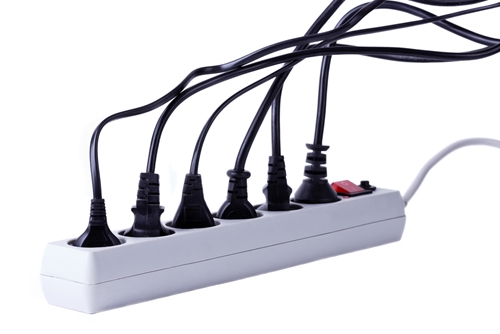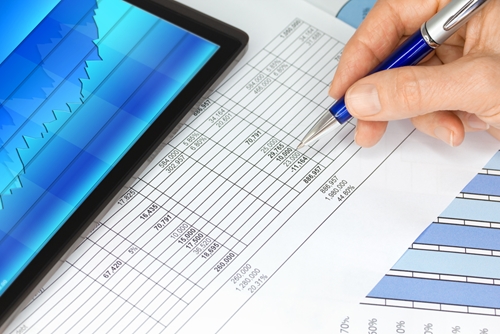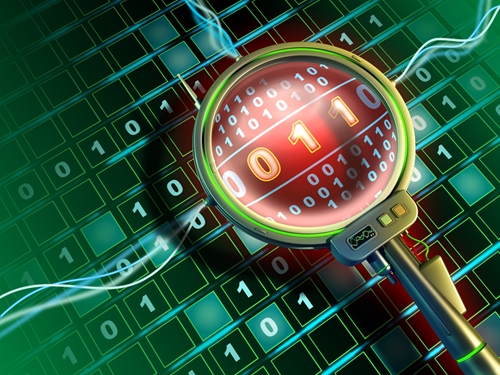From PACS workstations to numerous pieces of imaging equipment, radiology departments are full of items that sap energy and generate high maintenance costs. "Going green" can help radiologists save a considerable amount of money that gets put toward improved software and other necessary components of the practice.
According to the Radiological Society of North America, health care providers can make simple changes in their medical imaging centers to reduce energy consumption and minimize their carbon footprints. Among other specialties, radiology has been at the forefront of adopting new technologies to aid in patient care that may not be entirely energy efficient.
"As a group, I feel radiologists often overlook our impact on the environment," said Colin McCarthy, M.D., a radiology resident at St. Vincent's University Hospital in Dublin, Ireland, quoted by the RSNA. "Implementing changes such as turning off computers and air conditioning when not in use represent very simple but effective ways to play our part in reducing the carbon footprint of the department."
Simply shutting down computers rather than putting them in standby mode can yield significant savings. University of Maryland researchers, led by Prasanth Prasanna, M.D., conducted a study in 2011 about energy efficiency in radiology. The scientists plugged their computers into a Kill-a-Watt electricity meter to monitor energy use during both active and standby modes.
Prasanna and his colleagues found that any computer monitor left on 24/7 would consume between 49.5 and 1,399.84 kilowatts per hour every year, costing between $5 and $153 per desk. If all equipment were shut down after an 8-hour workday, radiology departments would save roughly $6,000. Although it might be impossible to shut off all PACS workstations or diagnostic radiology machines overnight, providers could do so to those that are in non-critical areas of the facility.
Energy reduction helps radiologists
According to a study, published in the journal Academic Radiology, reducing energy consumption can be achieved rather easily. Additional researchers from St. Vincent's University Hospital examined devices that were not being used by clinical staff at night or on the weekends.
They found that 29 out of 43 desktop computers and 25 out of 27 PACS workstations continued to run during these time periods, despite the fact that no one was there to operate them. In addition, the St. Vincent equipment had no hibernate or sleep options. Following their study, the researchers calculated that the cost of running these machines on nights and weekends would cost roughly $7,253 per year, and resulted in annual carbon dioxide emissions that were equivalent to that of 10 cars.
"Simple steps such as turning off computers and air-conditioning units can produce very significant financial and environmental savings," the authors concluded, quoted by FierceMedicalImaging. "Radiology can lead the way in making hospitals more energy efficient."
Radiologists can spark energy savings by taking simple yet effective steps, like powering down equipment before leaving the building. Doing so can lead to considerable returns on investment for the software and hardware they purchased for the facility.
Contact Viztek for more information.
Ronny Bachrach
Latest posts by Ronny Bachrach (see all)
- Konica Minolta Debuts First-of-Its-Kind Digital U-Arm System at AHRA - July 27, 2016
- Researchers Detect Signs Of Stroke Risk Using MRI - June 27, 2016
- Imaging Biz: Q&A with David S. Channin MD: How to Make PACS Patient Centered - June 22, 2016










